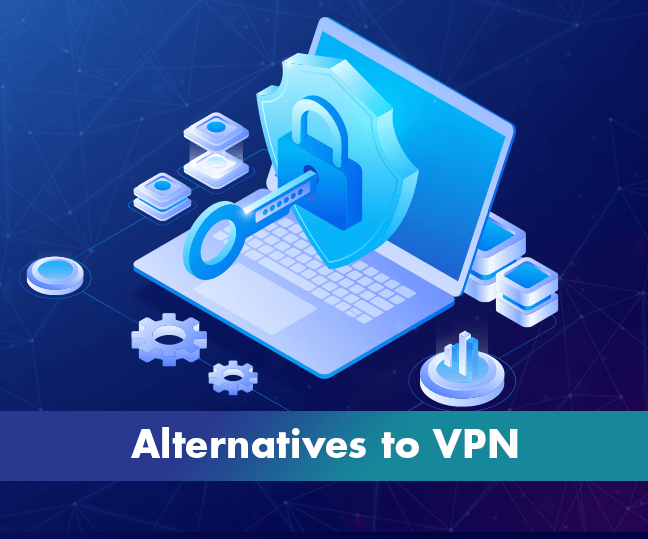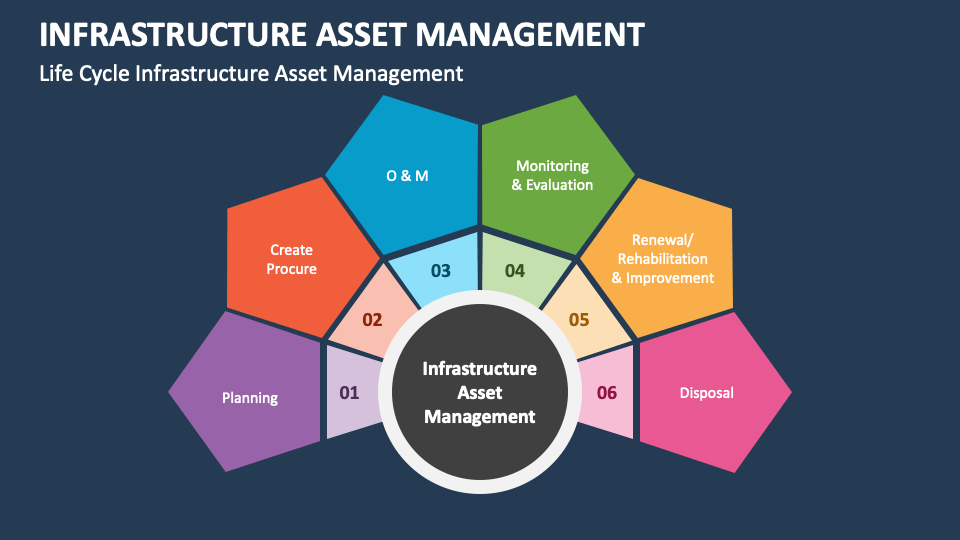Asset management is an integral part of any business, large or small. Companies can encounter various issues impacting their operations and profitability without proper management. This article will discuss the top problems caused by poor asset management and how businesses can avoid them.
We’ll explore some common concerns that can arise. By the end of this article, you should better understand the risks associated with inadequate asset management and how to overcome those challenges.
Related blog: Leveraging IT Asset Insights for Smoother Banking Operations
What is Asset Management?
Asset management systematically develops, operates, maintains, and economically upgrades assets. It involves monitoring and managing physical assets, like machinery, buildings, and IT equipment, or financial assets, such as stocks, bonds, and real estate, to maximize their value over time.
Asset management aims to optimize the performance, cost, and risk associated with an organization’s assets, thereby improving overall productivity and profitability.
Risk of Poor Asset Management
Poor IT asset management can affect businesses, including financial losses, decreased productivity, security vulnerabilities, and regulatory compliance issues. Here are some of the consequences of poor asset management:
1. Security Vulnerabilities:
- Unpatched Firmware: Not just software but hardware devices like routers or IoT devices may also need firmware updates. Unpatched firmware can provide easy entry points for attackers.
- Shadow IT: When employees use unauthorized software or devices without IT’s knowledge, it creates blind spots not covered by security protocols.
- Inconsistent Security Policies: With centralized management, security policies may be uniformly applied across all devices, leading to consistent protection levels.
- Expired Security Certificates: Poor management might overlook the renewal of SSL/TLS certificates, leaving systems vulnerable to man-in-the-middle attacks.
2. Compliance Issues
- Untracked End-of-Life (EOL) Software: Software no longer supported by the vendor may still be in use, leading to compliance risks as it may not meet regulatory standards.
- Inadequate Data Retention Practices: Poor ITAM can lead to premature deletion or over-retention of data, which may breach compliance requirements.
- Inconsistent Audit Trails: Proper asset tracking makes maintaining a reliable audit trail of software usage or data access easier, which in turn facilitates compliance verification.
- Failure to Secure Personal Data: Inadequate tracking of devices that store personal data could result in non-compliance with privacy regulations, such as GDPR or CCPA.
3. Financial Losses
- Double Purchasing: Without accurate records, organizations might purchase licenses or hardware they own, leading to unnecessary expenses.
- Underutilized Assets: Assets that must be used productively could lead to higher operational costs without corresponding returns.
- Lost or Stolen Equipment: If assets are not appropriately tracked, lost or stolen equipment might not be noticed immediately, leading to replacement costs.
- Inaccurate Budgeting: Poor ITAM can result in inaccurate forecasts and budgets, which can cause financial strain when unplanned expenses arise.
Related Blog: The Ultimate Guide to IT Asset Management: A Step-by-Step Checklist
4. Productivity
- Delayed Response Times: When assets are not well-managed, responding to issues like system failures or software malfunctions takes longer, affecting overall productivity.
- Resource Bottlenecks: Inaccurate asset tracking can lead to bottlenecks where critical resources are unavailable when needed, causing delays in projects or daily operations.
- Redundant Processes: Without visibility into IT assets, redundant or duplicate processes may run, consuming resources without adding value.
- Difficulty in Scaling Operations: Inefficient ITAM can make it harder to scale operations quickly, as the organization needs a clearer understanding of its existing asset capacity.
5. Data Loss
- Improper Asset Disposal: Poor ITAM might lead to the inappropriate disposal of IT assets that contain sensitive data, increasing the risk of data breaches.
- Unprotected Data Transfers: When IT assets are poorly managed, data transfers between devices may not be secure, leading to potential data loss or breaches.
- Untracked Backup Devices: Backup devices that need to be correctly tracked may be lost or stolen, compromising the integrity and availability of critical data.
6. Poor Decision-Making
- Outdated Asset Information: Decisions based on outdated or inaccurate information can lead to poor choices, such as investing in unnecessary upgrades or failing to replace aging assets in time.
- Inability to Forecast IT Needs: With clear insight into current asset usage and condition, forecasting future IT needs becomes easier, potentially leading to shortages or surpluses.
- Difficulty in Strategic Planning: Better visibility into existing assets could improve strategic decisions about IT infrastructure, such as moving to the cloud or implementing new technologies.
- Limited Innovation: With a clear understanding of the IT landscape, organizations may take advantage of opportunities for innovation or adopt new technologies that could improve efficiency or competitiveness.
Improving IT Asset Management can help organizations mitigate these risks, optimize resources, and ensure a secure and compliant IT environment.
What are the Challenges of Asset Management?
- Data Overload: Organizations generate vast amounts of data related to their assets, from usage statistics and maintenance logs to financial records and compliance documentation. Managing and making sense of this data can be overwhelming, leading to difficulties in extracting actionable insights. Without adequate data management practices, organizations may struggle to prioritize tasks, optimize asset utilization, or identify trends that could inform strategic decisions.
- Technological Barriers: Many organizations face challenges accessing and implementing the latest asset management technologies. This could be due to budget constraints, legacy systems, or a lack of expertise in selecting and deploying advanced tools. Without modern technologies, such as IoT sensors, real-time analytics, or cloud-based management platforms, companies may find it challenging to achieve productivity, automate processes, or gain real-time visibility into their assets, leading to suboptimal management.
- Skill Shortages: Asset management requires a specific set of skills and expertise, including knowledge of data analysis, financial management, and technical maintenance. However, many organizations face a shortage of qualified personnel with these skills. This gap can lead to inefficiencies, errors, and missed asset management opportunities. Additionally, the rapid pace of technological advancements means that even skilled professionals need continuous training to stay up-to-date, further exacerbating the challenge.
- Integration Difficulties: Larger organizations often implement multiple asset management systems over time, sometimes in different departments or locations. Integrating these systems to create a unified view of all assets can be complex and time-consuming.
Disparate systems may use other data formats, workflows, or technologies, making it difficult to achieve seamless integration. This can lead to inconsistencies, data silos, and a lack of coordination across the organization, affecting asset management.
How to Improve Asset Management?
Improving asset management boosts productivity and value by tracking, maintaining, and optimizing resources. These strategies help organizations reduce costs, enhance asset utilization, and ensure compliance.

- Invest in Technology: Implementing advanced asset management software can significantly enhance an organization’s ability to monitor and manage assets proactively, driving asset management growth. Real-time data analytics tools enable companies to track asset performance, predict maintenance needs, and make informed decisions quickly. IoT, AI, and cloud computing can also automate processes, reduce manual errors, and provide deeper insights into asset utilization, helping organizations optimize their operations and support continuous asset management growth.
- Regular Audits: Conducting periodic audits is essential for ensuring that assets are utilized optimally and in good working condition. Audits help organizations identify underutilized or obsolete assets, uncover discrepancies in asset records, and ensure compliance with regulatory requirements. Regular audits also provide opportunities to reassess asset management strategies, identify areas for improvement, and make necessary adjustments to optimize asset performance and reduce costs.
- Employee Training: Investing in employee training ensures that personnel have the skills and knowledge to manage assets effectually. Regular workshops, seminars, and training programs can help employees stay up-to-date with the latest asset management practices, technologies, and regulations. Training also allows an understanding of the importance of asset management and encourages employees to take proactive steps in maintaining and optimizing the assets under their care.
- Develop Clear Policies: Establishing clear asset management policies ensures consistency and alignment across the organization. These policies should outline asset acquisition, usage, maintenance, disposal procedures, roles, and responsibilities.
Clear policies help standardize processes, reduce ambiguity, and ensure that everyone in the organization works towards the same goals in managing assets. This alignment is essential to achieve productivity with asset management.
- Utilize Key Performance Indicators (KPIs): Monitoring KPIs related to asset performance is an effective way to assess progress and identify potential issues before they escalate. KPIs such as asset utilization rates, maintenance costs, downtime, and return on assets (ROA) provide valuable insights into how healthy assets perform. By tracking these metrics, organizations can make data-driven decisions, identify trends, and take corrective actions to improve asset management and optimize resource allocation.
Implementing these strategies can help organizations overcome asset management challenges, improve operational performance and cost savings, and enhance overall performance.
Related blog: Risk mitigation pays big in ITAM, but how to quantify it?
Conclusion:
In summary, poor asset management poses significant risks and consequences that can affect organizational growth. Recognizing the challenges and implementing strategies is crucial in improving asset management practices. By prioritizing asset management, businesses can avoid risks and analyze growth opportunities that arise from productive asset utilization. Encouraging a proactive approach to asset management is essential for any organization aiming for sustainable success.




















